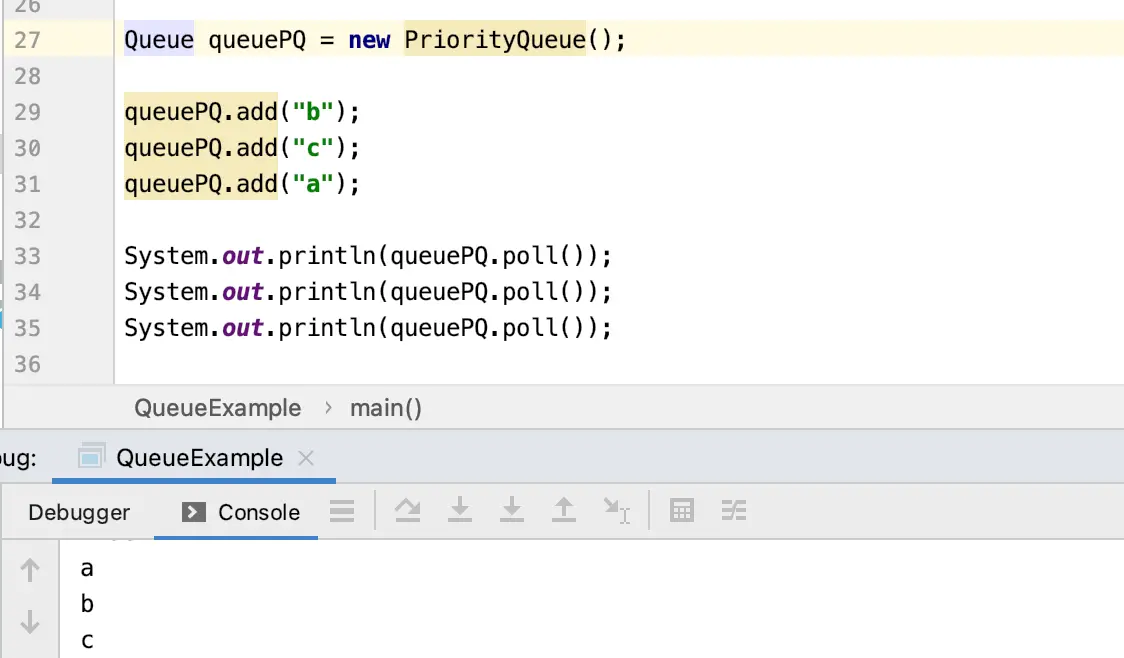

The consumer will wait on the countDownLatch using the await() method. There is only one shared commit log in Kafka so if you delete the messages they are gone for everyone independently from any consumer groups. Integer producedElement = ThreadLocalRandom

You could also delete the queue via removeQueue (String) or removeTopic (String) methods on the BrokerViewMBean. If you delete a queue from the Google Cloud console, you must wait 7. Another option is to use JMX to browse the queues and call the purge () method on the QueueViewMBean. In the Google Cloud console, select the queue. The producer will save a random integer to the sharedState variable, and execute the countDown() method on the countDownLatch, signaling to the consumer that it can fetch a value from the sharedState: You can use the Web Console to view queues, add/remove queues, purge queues or delete/forward individual messages. We will define a sharedState variable and a CountDownLatch that will be used for coordinating processing: ExecutorService executor = Executors.newFixedThreadPool(2) ĪtomicInteger sharedState = new AtomicInteger() ĬountDownLatch countDownLatch = new CountDownLatch(1) The ArrayList.clear() has no return value.

public void clear() The ArrayList.clear() method takes in no parameter.
#Clear queue java code
The ArrayList.clear() method can be declared as shown in the code snippet below. We will use the CountDownLatch to coordinate those two threads, to prevent a situation when the consumer accesses a value of a shared variable that was not set yet. The ArrayList.clear() method in Java is used to remove all the elements from a list. Next, the consumer thread will fetch a value from a shared variable. Let’s say that we have two threads – a producer and a consumer – and when the producer is setting a value of a shared variable, we want to signal that fact to the consumer thread. Queues operate like standing in line at a. Queue elements may only be inserted at the back (called an enqueue operation) and removed from the front (called a dequeue operation). Java Program for Queue Implementation Using an Array. After calling this method, the queue will be empty. peek: Get a value from the front of the queue without having to remove it. The clear() method of PriorityQueue class Removes all the elements from this priority queue. remove: To delete an item from the front of the queue. All operations that add an element to the unbounded queue will never block, thus it could grow to a very large size. Class Queue int, indexOf( o) boolean, isEmpty() Return whether the queue is empty (true for empty, false for nonempty).
insert: To add an item at the back / rear end of the queue. Creating unbounded queues is simple: BlockingQueueThrown.To see why the SynchronousQueue can be so useful, we will implement a logic using a shared variable between two threads and next, we will rewrite that logic using SynchronousQueue making our code a lot simpler and more readable. Like the stack, the queue is a list-like structure that provides restricted access to its elements. For a Queue-based system, the following three operations are used. Having been successfully added when the associated exception is Null element) may result in only some of the elements Trying to add an element (including, in particular, a This implementation iterates over the specified collection,Īnd adds each element returned by the iterator to this The Java Queue interface is a subtype of the Java Collection interface. This is similar to how a queue in a supermarket works. Modified while the operation is in progress. The Java Queue interface, represents a data structure designed to have elements inserted at the end of the queue, and elements removed from the beginning of the queue. This operation is undefined if the specified collection is Attempts to addAll of a queue to itself result in Adds all of the elements in the specified collection to this


 0 kommentar(er)
0 kommentar(er)
